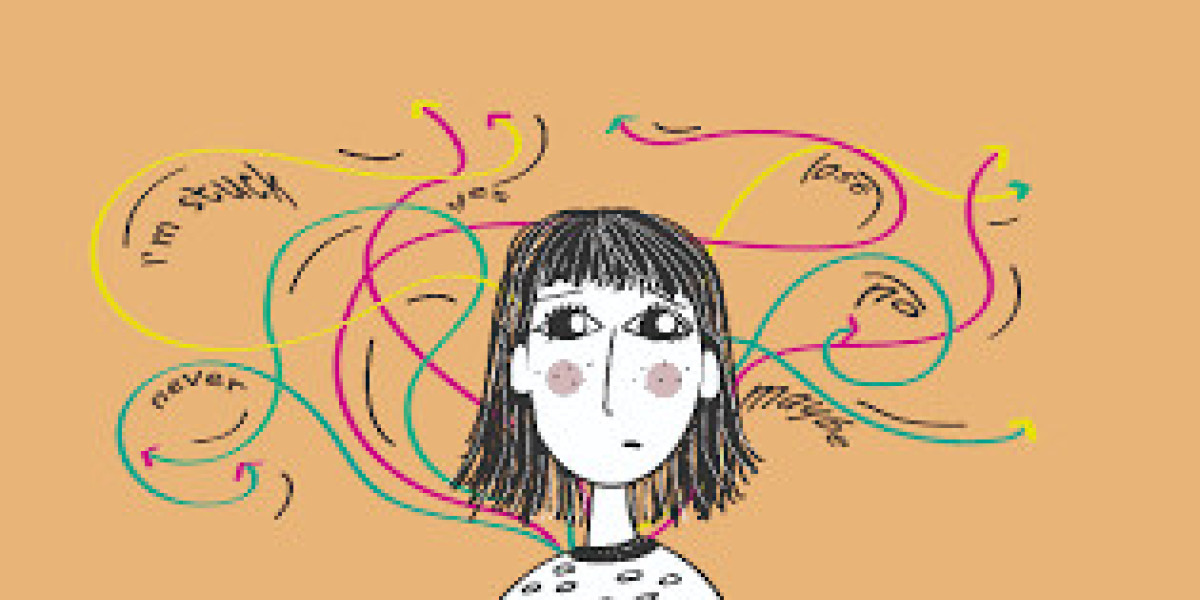First of all,
Attention Deficit Hyperactivity Disorder (ADHD) and Dyscalculia are two neurodevelopmental disorders that can significantly impact an individual's ability to understand and engage with mathematical concepts. While they are distinct conditions, they often coexist and share some overlapping symptoms, leading to challenges in diagnosis and intervention. In this article, we'll explore the characteristics of ADHD and Dyscalculia, their effects on mathematical abilities, and strategies for supporting individuals affected by these conditions.
Comprehending ADHD:
The neurodevelopmental disorder known as ADHD is typified by impulsivity, hyperactivity, and inattention. These symptoms can manifest in various settings, including academic, social, and occupational environments. Inattention may present as difficulty sustaining focus on tasks, making careless mistakes, or frequently losing items necessary for activities. Hyperactivity often involves excessive fidgeting, restlessness, and difficulty remaining seated when expected. Impulsivity can manifest as acting without considering consequences or interrupting others excessively.
ADHD and Math Difficulties:
Individuals with ADHD may face particular challenges in mathematics due to their symptoms. Inattention can lead to difficulty following multi-step problem-solving processes, maintaining focus during mathematical tasks, or organizing mathematical information. Hyperactivity may result in restlessness during math lessons or difficulties sitting still for extended periods, impacting concentration and engagement. Impulsivity might cause individuals to rush through mathematical problems without thoroughly understanding them or to make careless errors due to a lack of attention to detail.
Understanding Dyscalculia:
Dyscalculia is a specific learning disorder that affects an individual's ability to understand and manipulate numbers. It involves difficulties with mathematical concepts such as number sense, arithmetic, and mathematical reasoning. Common characteristics of Dyscalculia include challenges with basic arithmetic operations, difficulty understanding mathematical symbols and concepts, and poor mental math skills despite adequate instruction and intelligence in other areas.
Dyscalculia and Math Difficulties:
Unlike ADHD, Dyscalculia primarily affects mathematical abilities and is not characterized by inattention, hyperactivity, or impulsivity. However, individuals with Dyscalculia may exhibit symptoms of frustration, anxiety, or avoidance related to math tasks due to their difficulties. They may struggle to understand mathematical concepts presented in traditional ways, leading to feelings of inadequacy or low self-esteem. Without appropriate support and accommodations, these challenges can persist and impact academic and professional success.
Overlap Between ADHD and Dyscalculia:
While ADHD and Dyscalculia are distinct conditions, they often coexist in individuals, leading to compounded difficulties in mathematics. Research suggests that between 20-60% of individuals with ADHD also exhibit symptoms of Dyscalculia, and vice versa. The overlap between these conditions can exacerbate math-related challenges, making diagnosis and intervention more complex. For example, inattention and impulsivity associated with ADHD can interfere with learning mathematical concepts, while the underlying difficulties in number processing characteristic of Dyscalculia further impede mathematical proficiency.
Strategies for Supporting Individuals with ADHD and Dyscalculia:
Effective support for individuals with ADHD and Dyscalculia requires a comprehensive understanding of their unique needs and challenges. Here are some strategies that educators, parents, and healthcare professionals can employ to support individuals affected by these conditions:
Multisensory Instruction:
Utilize multisensory teaching methods to engage individuals with ADHD and Dyscalculia in mathematical learning. Incorporate visual aids, manipulatives, and hands-on activities to reinforce mathematical concepts and facilitate understanding.
Explicit Instruction:
Provide explicit and systematic instruction in mathematical concepts, breaking down complex processes into smaller, more manageable steps. Offer frequent opportunities for practice and reinforcement to solidify learning.
Individualized Accommodations:
Implement individualized accommodations and modifications to address the specific needs of students with ADHD and Dyscalculia. This may include extended time on math assignments, preferential seating, or access to assistive technology.
Executive Functioning Support:
Teach organizational and study skills to help individuals with ADHD manage their time, tasks, and materials effectively. Provide strategies for planning, prioritizing, and problem-solving to enhance academic performance.
Positive Reinforcement:
Offer praise, encouragement, and rewards to reinforce effort and progress in mathematical learning. Create a supportive and nurturing environment where individuals feel empowered to take risks and learn from mistakes.
In summary:
ADHD and Dyscalculia can present significant challenges in understanding and engaging with mathematical concepts. While they are distinct conditions, their coexistence in many individuals underscores the importance of comprehensive assessment and tailored intervention. By implementing strategies that address the unique needs of individuals with ADHD and Dyscalculia, educators, parents, and healthcare professionals can support their mathematical development and promote academic success.



